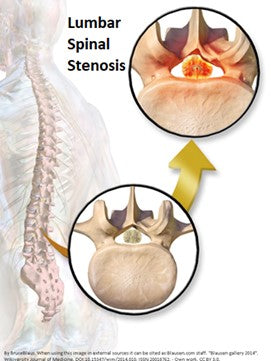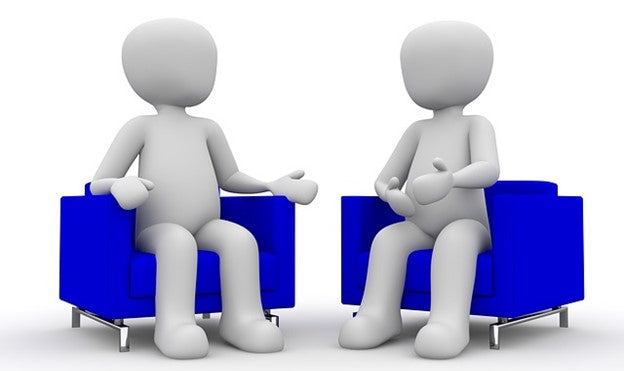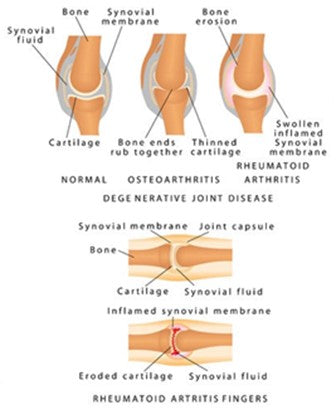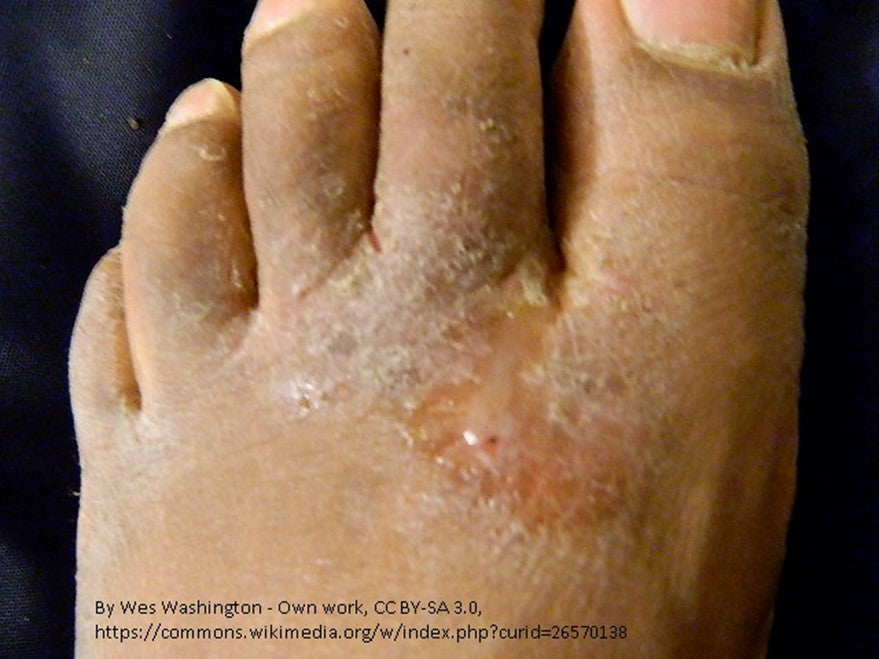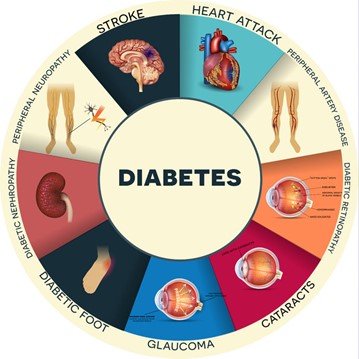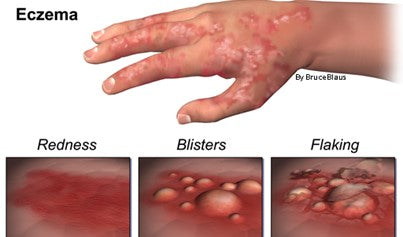This is a OPINION article, written by a longstanding LMT
Massage therapists usually possess excellent communication skills. Afterall, it's client communications that help contribute to a successful practice.
Recently however, some massage therapist have been channeling their extensive communications skills in a negative direction when they feel they have been wronged. This includes ranting on public forums and social media about their industry experiences, in a manner that creates legal liabilities. Even for the cases without legal liability, these examples of public negativity could make a massage client think twice before scheduling their next massage.
It is perfectly normal to seek retribution when one has been wronged. However, there are some more appropriate channels than others to seek retribution. In this article, we will address the frequent wrongs massage profession faces, with the corrective action available, and what should be avoided. In the end, massage professionals should seek corrective actions through appropriate methods and channels to maintain a professional existence.
Massage Therapists Abused by Clients
Massage therapists can be unfortunate victims on multiple fronts. First, they could be subject to verbal assaults and abuse from clients, solicitating sexual favors and more. This is an unfortunate stereotypical massage industry problem.
There are other clients that may take advantage of a massage therapists kind nature in other ways, with request unreasonable expectations. An example of this would be to constantly expect a therapist to accommodate chronic tardiness without compensation. There are many circumstances where a massage therapist could be exploited by a client.
Massage Therapists Abused by an Employer
Massage therapists can also feel exploited or abused by an employer. While there are some unreasonable cases where a massage therapist thinks they deserve the majority of appointment income without assuming any business owner risks or expenses, there are other unfair if not illegal scenarios where an employer expects too much of their employee.
This includes telling a massage therapist they must remain available for work while not compensating the therapist for their availability. Not compensating a therapist to remain available for potential work time, whether appointments are provided or not, is a possible example of an abusive or exploitive work example - if or when the therapist is not earning minimum wage for their total work including available on-call time. States laws can vary regarding employee compensation requirements. Please check with your own state laws to view employer compensation requirements prior to assuming that an employer's compensation is unfair or wrong.
Massage Professionals Abused and Demeaned by Vendors, Landlords and More
Massage therapists can face further abusive, exploitive and unfair conduct from landlords, insurance companies, vendors and more - simply due to the fact that the massage industry has had a long-time negative stigma against it as a professional industry.
For many decades, illegal and illicit services were advertised and offered as "massage". This makes conducting business as a massage professional difficult at times, when others may view you in a different light, thinking the worst of you or your practice before any opportunity to show or prove otherwise - not that a massage therapist should EVER have to prove themselves to be a professional.
Some insurance companies and landlords will not do business with the massage industry due to this old stigma. If they do conduct business with a massage therapist, they may hold them to a different standard which is often discriminatory.
Even local boards who license or regulate the massage industry have been abusive. This includes requiring massage therapists to submit to extraordinary endeavors to achieve licensing to practice or work. Unacceptable abuses have included subjecting massage therapists to STD testing, instructing them to cut holes in their treatment room doors so that an inspector can voyeur their sessions amongst other unreasonable requirements.
Abusive Treatment of Massage Therapists
It is no wonder that massage therapists have taken to social media groups, blogs and other social formats to voice their disgust of long-standing industry abuses. Unfortunately, this public showing of massage industry negativity may deter patrons from thinking massage is a peaceful, enjoyable experience.
What's important to recognize is that LMT's have choices in most massage industry situations. While a massage therapists may feel trapped in an abusive situation, they usually are not trapped. A therapist can and should immediately depart an abusive situation to stop further abuse when there is no corrective action available for the abuse.
Inappropriate Massage Therapist Response to Abuse
It is a HIPAA violation to share texted screen shots and other forms of potential or real client communications. Sharing these communications, whether the client paid for service or not, is a breach of confidentiality and extremely unethical. Sharing client communications under the guise of trying to "warn others" of a potential abusive client is unacceptable, and does not negate the HIPAA violation. There is no acceptable reason to share client communications, other than a possible exception where reporting abuse to law enforcement would be required to prevent an eminent risk of harm. A licensed attorney could provide possible exceptions when client communications can be shared.
It is a fairly negative experience for the massage industry for anyone who has experience a problem to publicly rant about their personal abuses or exploitations, especially when this violates client confidentiality or is a one-sided report of the facts . Patrons seeking massage services may be deterred by the negativity. Afterall, massage is supposed to a relaxing, stress-reducing experience. How could peace or something enjoyable be achieved when there is so much negativity surrounding it? The massage industry today is compiling a massive amount of negative experiences with the use of social media, blogs and immediate communications constantly available to everyone today with a cell phone.
Publicly slandering an abuser via social media and other public formats without formal due process. They do not call it "airing your dirty laundry" for nothing. This is usually seen as unprofessional conduct, and could be a possible deterrent for those who many have otherwise wanted to conduct business with you.
Stealing from an abuser is not unheard of. Some massage therapists may feel unfairly compensated and could steal assets, cash or other properties in an attempt to remunerate themselves. Any form of theft is criminal and could result in legal prosecution and a possible loss of licensure. There is no reason available to legally justify criminal theft.
Holding Exploitive and Abusive People Accountable in the Massage Industry
While there are plentiful methods of how a massage therapist could "get even" with an abuser, some of those methods could be quite harmful to unintended parties.
It is vital to hold someone accountable for abuses and negative actions that have been harmful to you or others. There are many methods and formats available to pursue grievances that could be a positive and productive process, without adding negativity to the situation. Afterall, we should seek corrective action when we have been wronged - not vengeance.
How to Ethically Respond to Various Abuses
Responsibly responding to negative situations in the massage industry is an ethical responsibility for every professional.
If you are in danger of abuse, extricate yourself from the situation. If you find yourself in an abusive situation before you were able to extricate yourself - leave the abusive situation immediately. DO NOT BECOME AN ABUSER YOURSELF by reciprocating abusive behavior towards your abuser. This will only allow your abuser to feel rightfully entitled about their bad acts towards you when they experience your own bad acts. Abusing an abuser would likely lessen the character of an actual victim.
It is possible to hold those who abuse massage professionals responsible for their bad acts. There are many proper channels and methods available to respond to abusive, exploitive, bad acts.
More appropriate channels to hold an abuser responsible would be:
File a police report with law enforcement if you have been solicited to commit a crime, such as provide sexual acts under the guise of payment for a massage therapy appointment. Solicitation of a crime is punishable by law enforcement, and should be immediately reported to law enforcement to stop the abuse. (Publicly posting your experience on social media with the perpetrator's information is highly unethical and an inappropriate response to this type of crime).
File a complaint with your state's labor department if you feel your employer has unfairly compensated you. All states have employment labor requirements. Employers face serious consequences when they are found guilty of violating state labor requirements. This includes remunerating any compensation owed to staff, plus financial fines and other violations when an employer is caught violating state employment laws which could included withholding payment due to an employee.
File a complaint with the state's attorney general office if you feel a vendor, employer, landlord or anyone else has exploited or discriminated against you professionally. The attorney general will likely only pursue your complaint when it violates state law - so make sure to learn any state legal requirements prior to filing the complaint - and point out any state laws that you feel were violated in the complaint.
File a complaint with if you have experienced discriminatory acts against your age, sex, ethnic background,
File a complaint with the FCC, if you have experience almost any abusive or exploitive issue with radio or TV advertising, internet or phone services or staff.
Retain an attorney to represent your interests when you feel wronged. An attorney can advise you of your legal rights and any potential damages owed with any expenses required to achieve the legal action.
If you do not want to hire an attorney, look at the American Arbitration Association and other mediation services to see if you can privately resolve any differences or damages with another.
If you feel you have been wronged by an attorney or any other licensed professional, file a complaint with their regulatory board. Keep in mind, there could be a hearing if the regulatory board choses to pursue your complaint, and you may be asked to attend or provide additional information for the hearing or action.
Massage establishments usually have to acquire licensure to operate in the state where they conduct business. Even if filing a complaint with your state licensing massage therapy board against an establishment or employer does not result in the manner desired, your complaint will put the establishment on the board's radar about your undesirable experience.
If you do not feel you received a fair response from other regulatory boards, you can report your experience to your state's attorney general office.
Report a bad employment experience on glassdoor.com. Glassdoor allows for anonymous reports that can be publicly view on its website, and their website also fairly allows an employer to respond to the public complaint.
If or when all other matters fail, or if you feel you need a more urgent response to your individual situation than what regular professional channels can provide, you could always contact the reputable news media to share your story. Responsible journalism is supposed to report on the facts without emotion. Keep in mind that responsible journalism would require an investigation of the facts, and include a response from the accused. While this would obviously be a very public and possible negative display of the massage industry, it is equally important to hold industry abuses accountable - as long as it is a PROFESSIONAL, RESPONSIBLE, TRUTHFUL TWO-SIDED REPORTING of the facts.
Details for Filing a Report or Complaint
When reporting bad acts, try to include as much information as possible, such as the time, date, location and any witnesses to the bad act. Try to keep it factual and without emotion. You can always share your emotional reactions to the abuse when you are interviewed or at a later time if needed.
Keep in mind that public reports of bad acts may be retained as public records. Someone may be able to view your report decades from now. This includes social media rants that a commentator may forget about, until a patron brings it to your attention and asks you about your negative experience.
Be Ethical, Professional and Responsible
Ranting on social media and other public formats is rarely the answer to obtain corrective action or remuneration for when someone has been wronged. Oftentimes, a bad act will be dismissed when proper corrective action was not engaged.
Passing judgement of others in a negative light rarely results in a positive outcome. When conducting yourself as a massage professional, think of the ways you can positively contribute to the profession. Conducting professional acts will help others view you as a professional person, and likely provide you the respect you deserve.
To learn more about massage therapy and bodyworker ethics, please register for quality, affordable, professional training at: https://ceinstitute.com/




